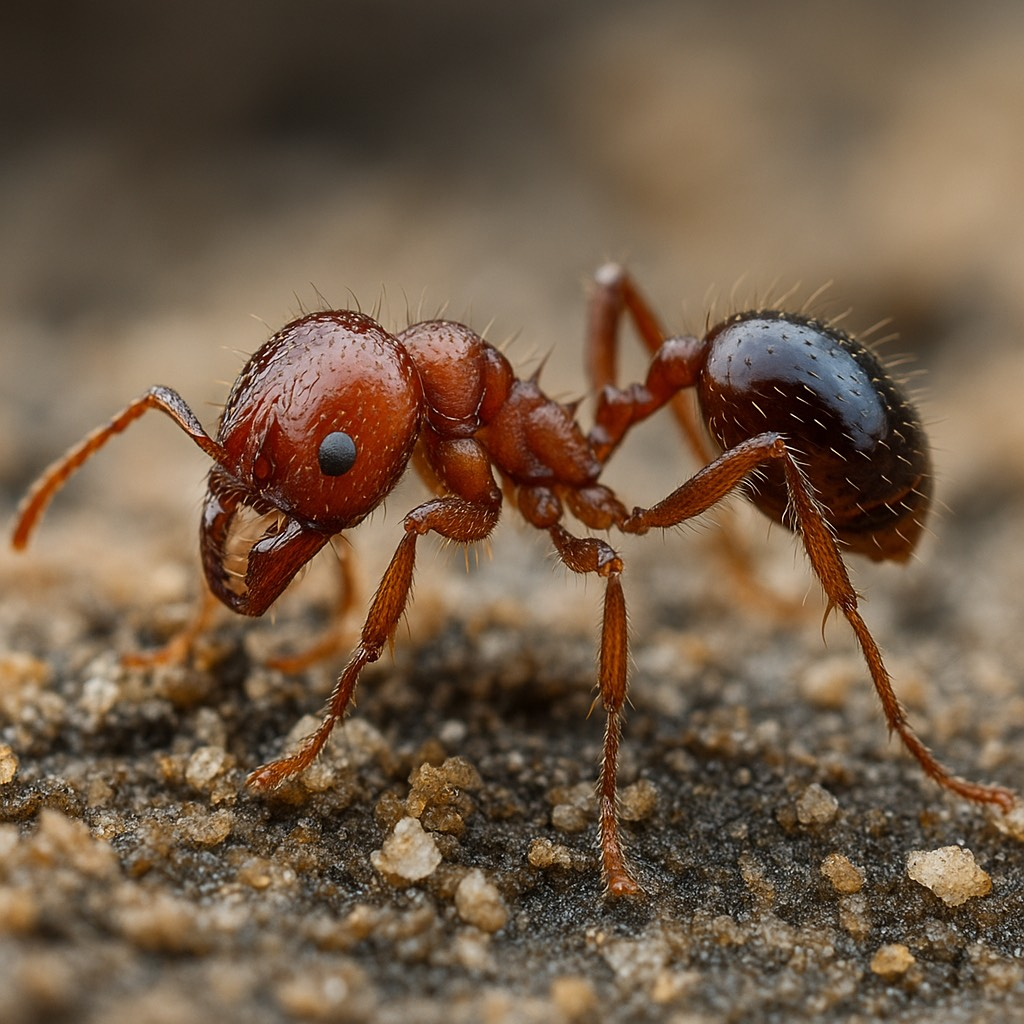
Fire Ants
Appearance: Fire ants are reddish-brown with darker abdomens and range from 1/16 to 1/4 inch in length.
Behavior: Known for their aggressive nature, fire ants build large, dome-shaped mounds in open, sunny areas. They are highly territorial and will swarm intruders, delivering painful stings that can cause allergic reactions in some individuals.
Habitat: Fire ants prefer warm, sunny environments and are commonly found in lawns, parks, and fields. They often invade electrical equipment, causing damage.
Control Methods: Effective management includes baiting techniques that target the colony. Professional pest control services are often necessary to fully eradicate infestations.
Appearance: Carpenter ants are among the largest ant species, typically black, but some have reddish or yellowish hues. Workers measure between 1/4 to 1/2 inch in length.
Behavior: Unlike termites, carpenter ants do not consume wood but excavate it to create nests, potentially causing structural damage over time. They are primarily nocturnal and forage for food both indoors and outdoors.
Habitat: These ants prefer moist, decaying wood and are often found in tree stumps, firewood, or the wooden structures of buildings.
Control Methods: Managing moisture levels and removing decayed wood near structures can help prevent infestations. Professional treatments may be required to eliminate established colonies.
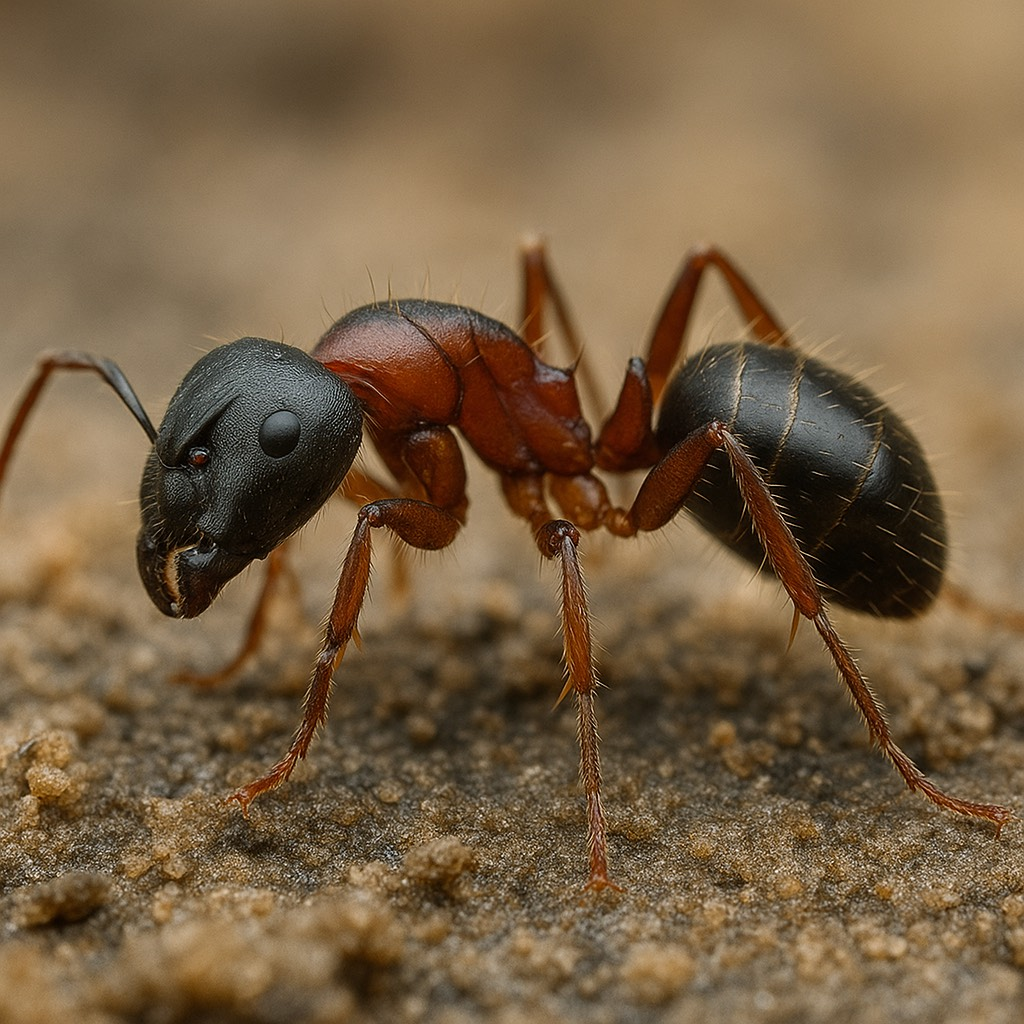
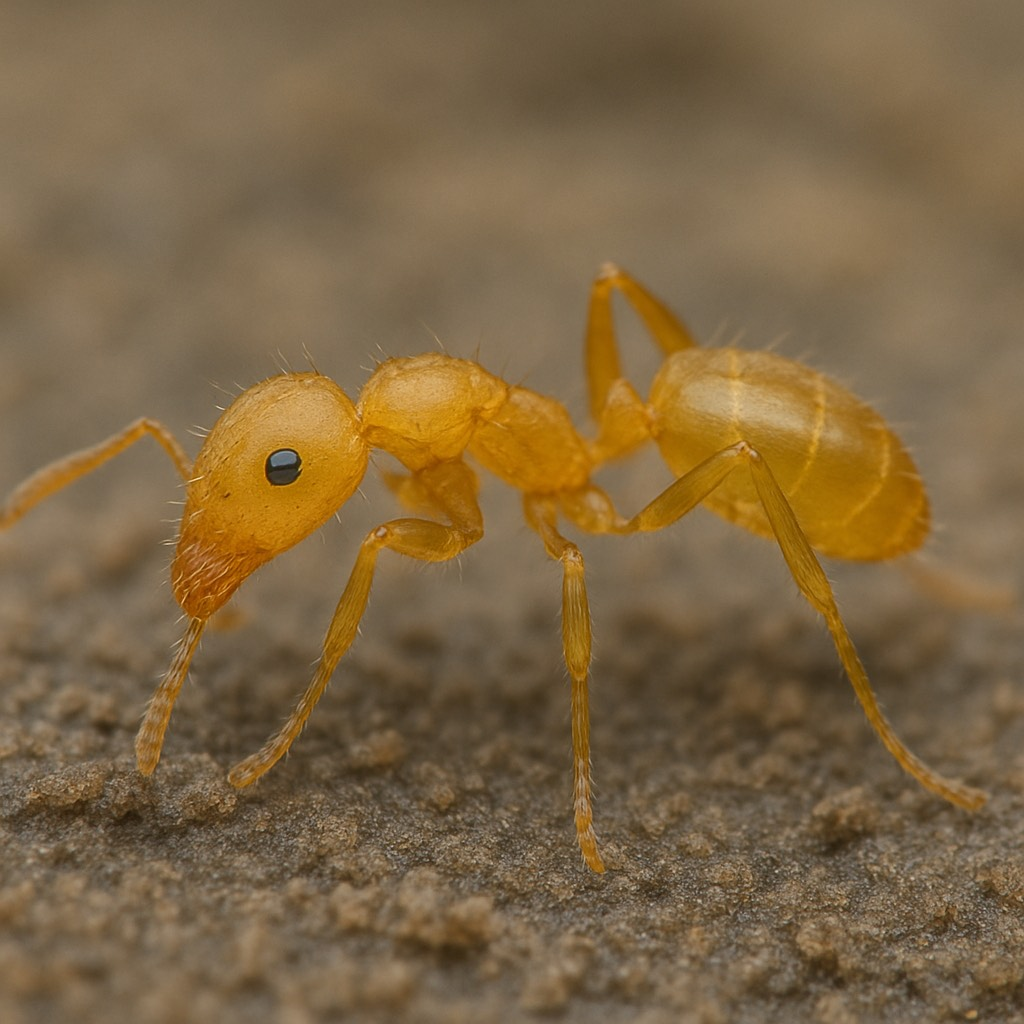
Pharaoh Ants (Monomorium pharaonis)
Appearance: Small ants measuring about 1/12 inch in length, pharaoh ants are light yellow to reddish-brown with darker abdomens.
Behavior: Pharaoh ants are notorious indoor pests, forming large colonies with multiple queens, making them difficult to control. They are known to spread diseases by contaminating food and sterile environments, particularly in hospitals.
Habitat: They prefer warm, humid areas and often nest in wall voids, behind baseboards, and in other concealed locations within buildings.
Control Methods: Due to their complex colony structure, professional pest control is often necessary. Baiting strategies are commonly employed to manage infestations.
Odorous House Ants (Tapinoma sessile)
Appearance: These ants are dark brown to black and measure about 1/8 inch in length.
Behavior: When crushed, odorous house ants emit a distinctive rotten coconut-like smell. They are highly adaptable, forming large colonies with multiple queens, and are known for their rapid movements.
Habitat: They nest in a variety of locations, including wall voids, under floors, and outdoors under stones or logs.
Control Methods: Maintaining cleanliness and sealing entry points can help prevent infestations. Baiting is an effective method for controlling existing colonies.
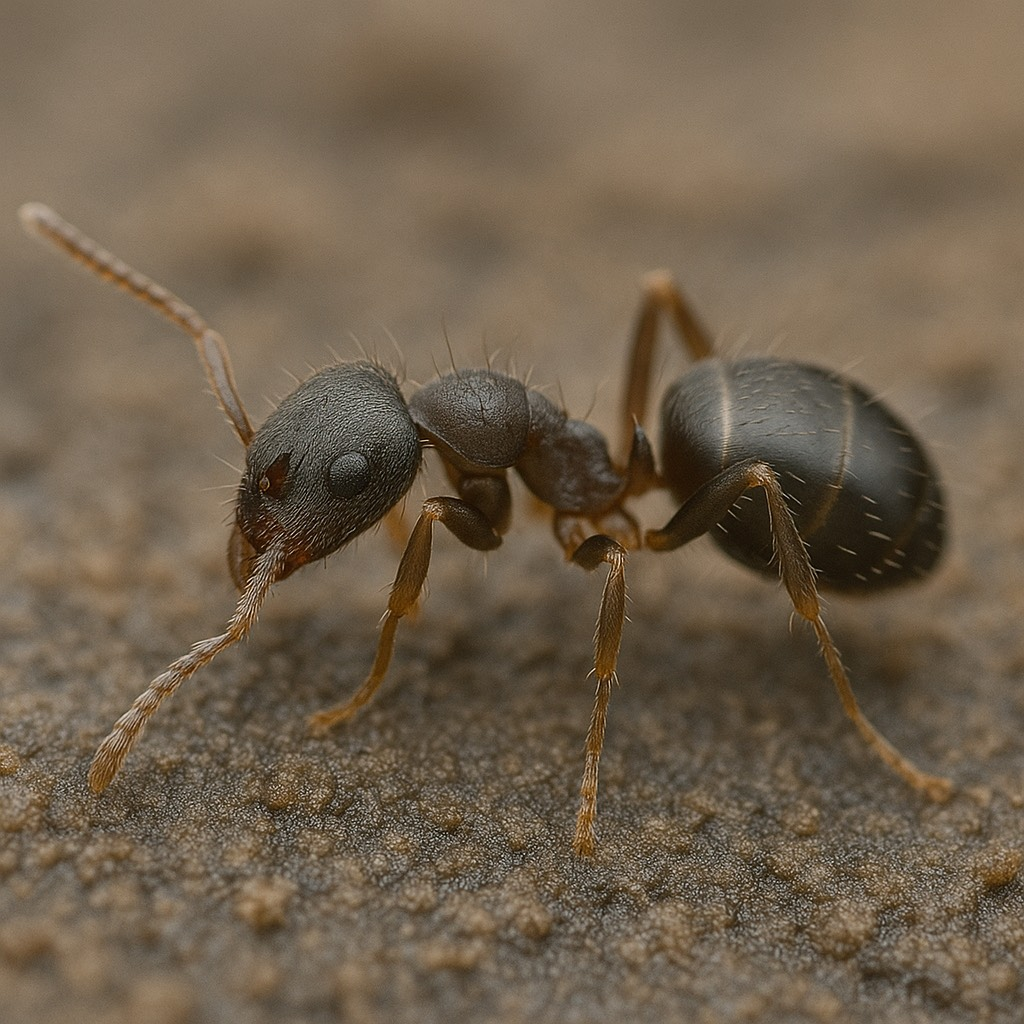
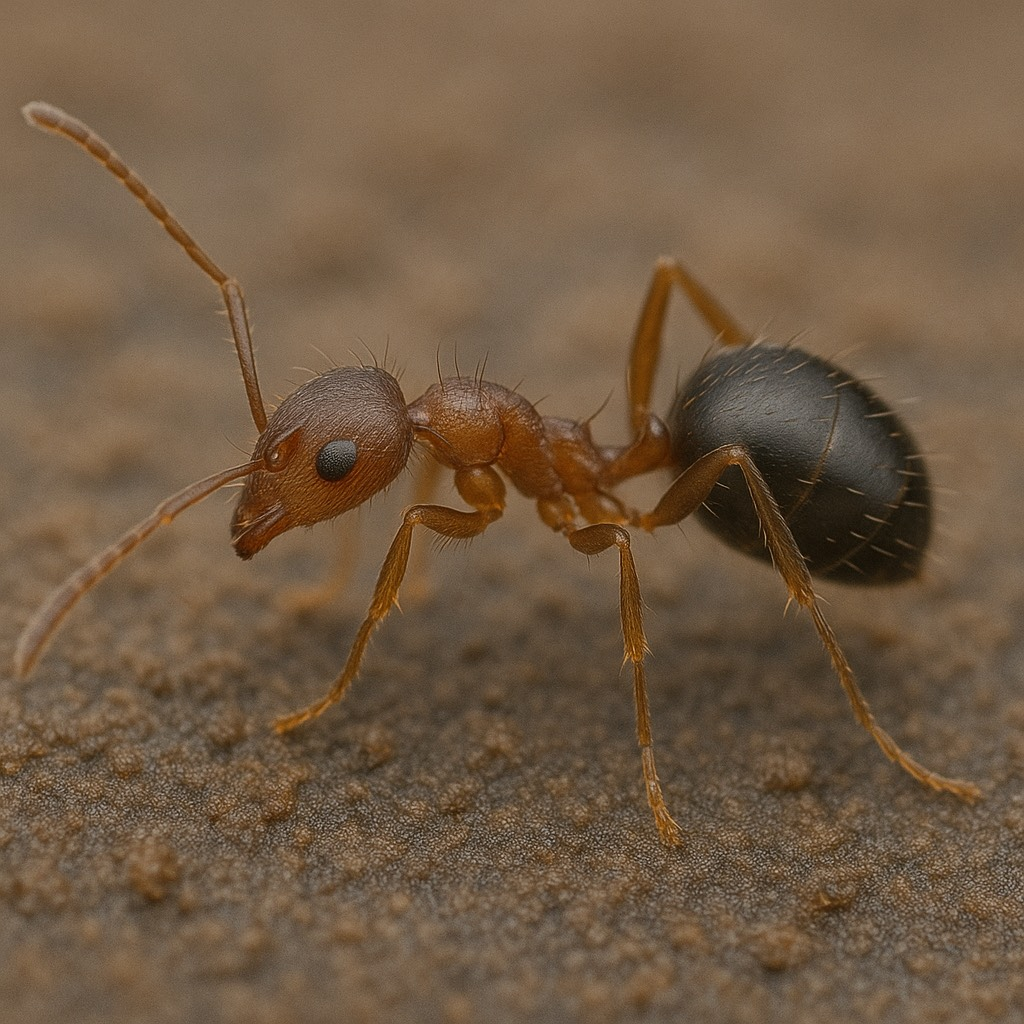
Crazy Ants (Nylanderia fulva)
Appearance: Crazy ants are approximately 1/8 inch long and have a dark brown to black coloration with a gray sheen.
Behavior: Named for their erratic and rapid movement patterns, crazy ants do not form centralized nests and can forage long distances. They are known to infest electronic devices, leading to short circuits and equipment failures.
Habitat: They prefer warm, moist environments and can nest in both dry and moist habitats, often under rocks, logs, or debris.
Control Methods: Eliminating food sources and sealing entry points are crucial. Due to their large colony sizes and multiple queens, professional pest control is often required.
Understanding the behaviors and habitats of these common North Texas ant species is essential for effective prevention and control.


